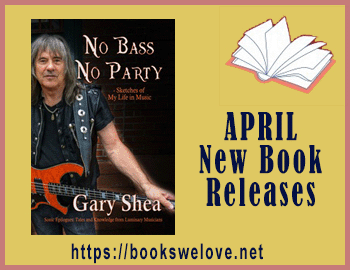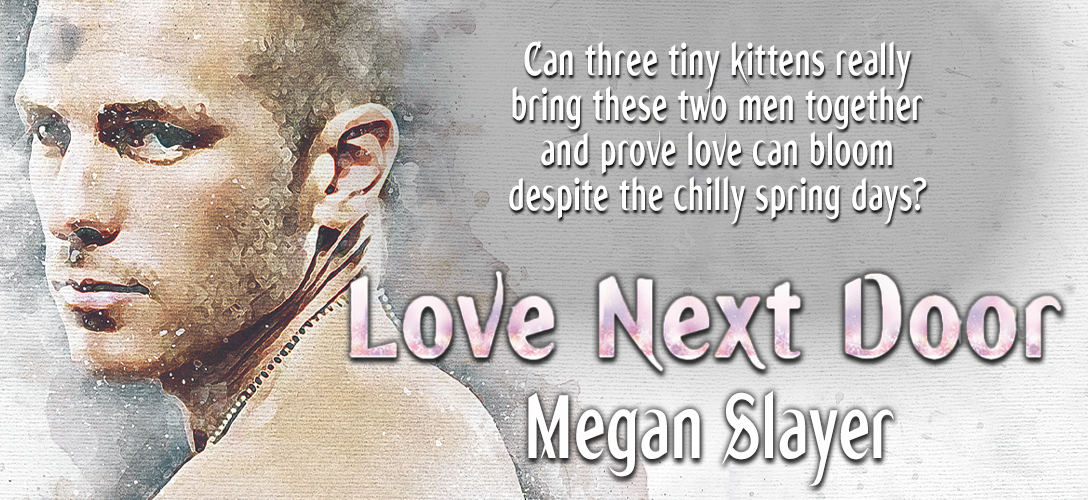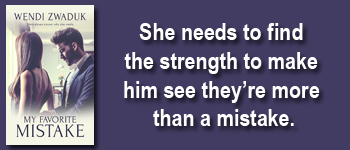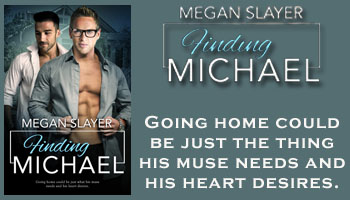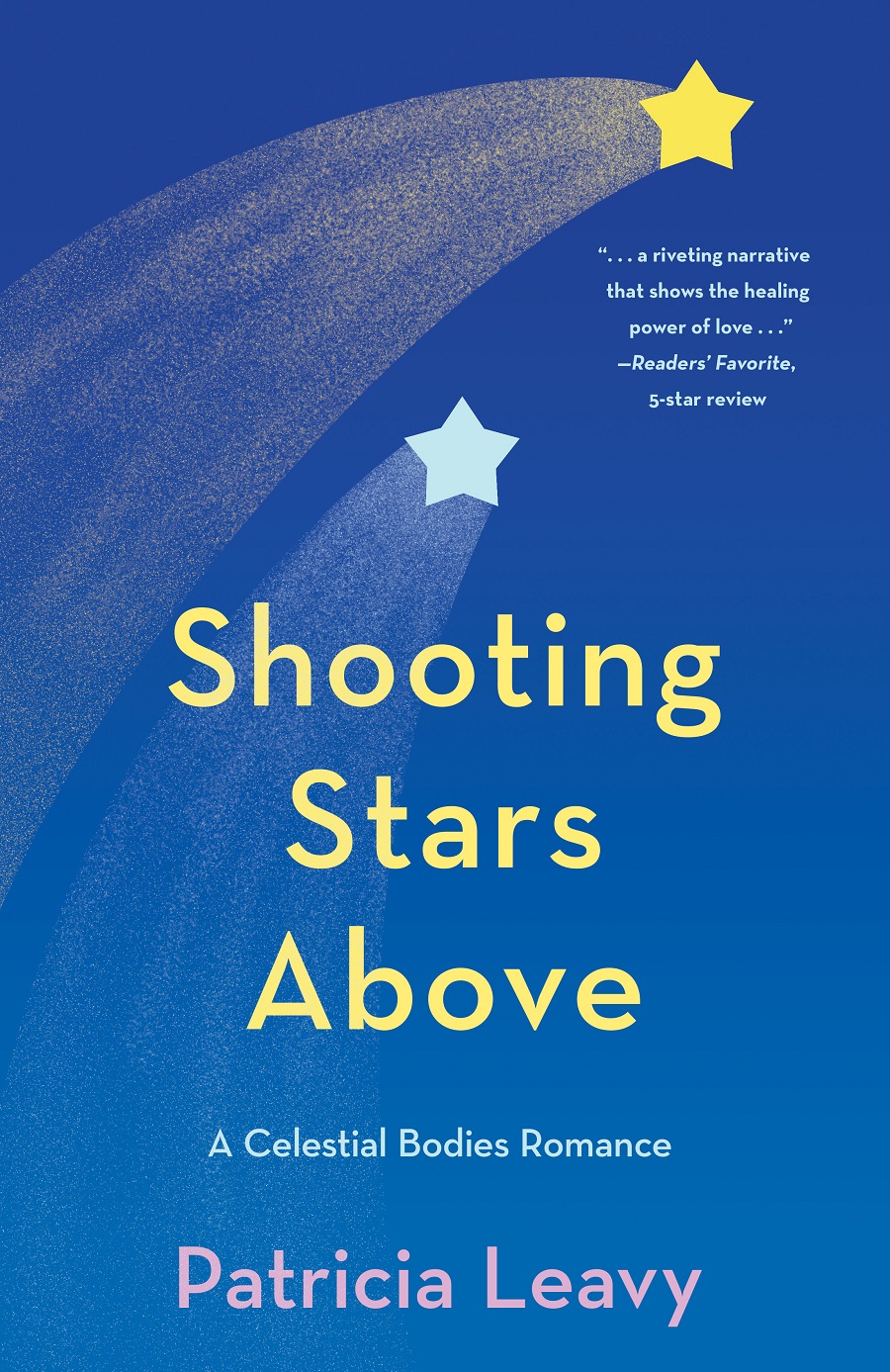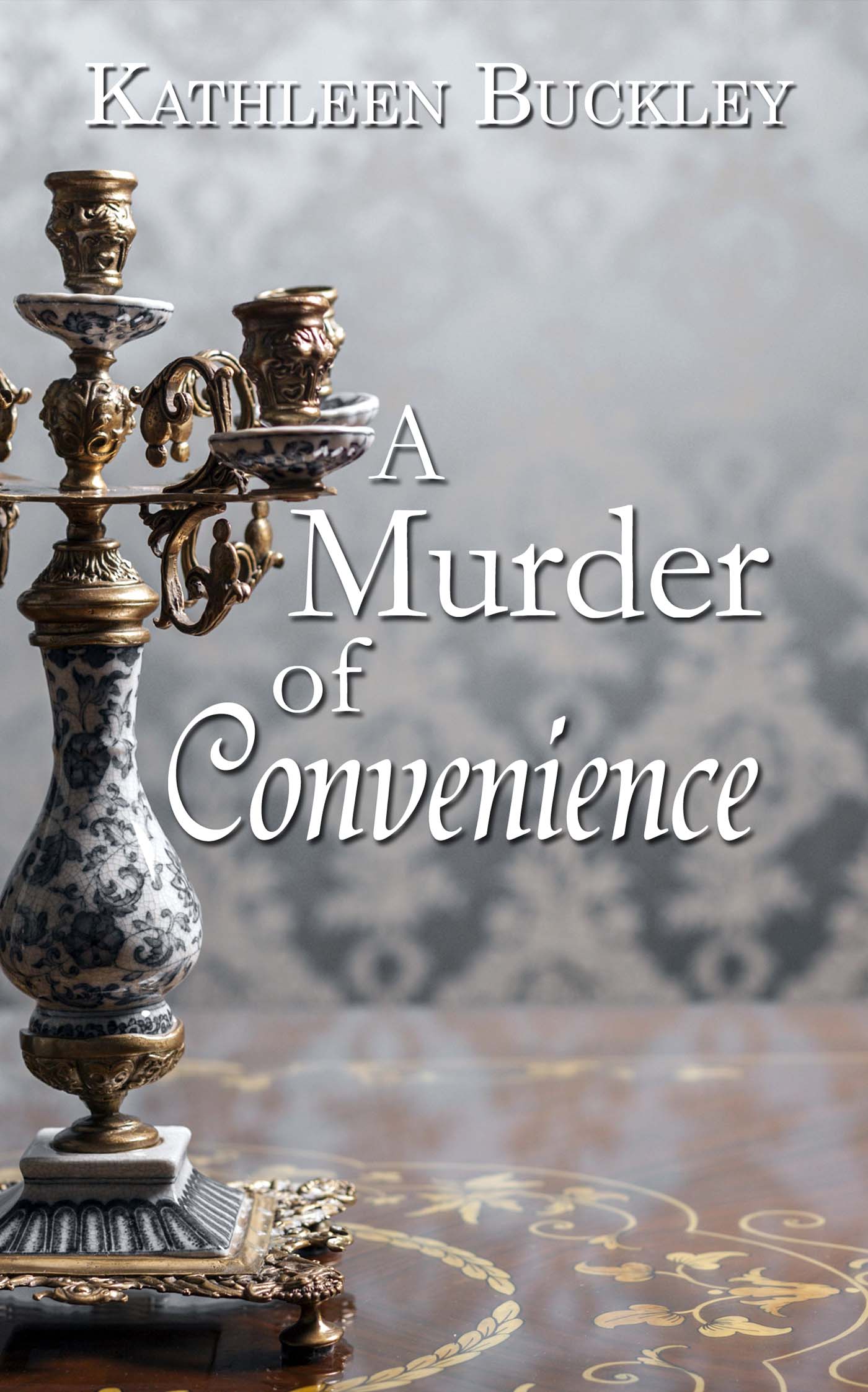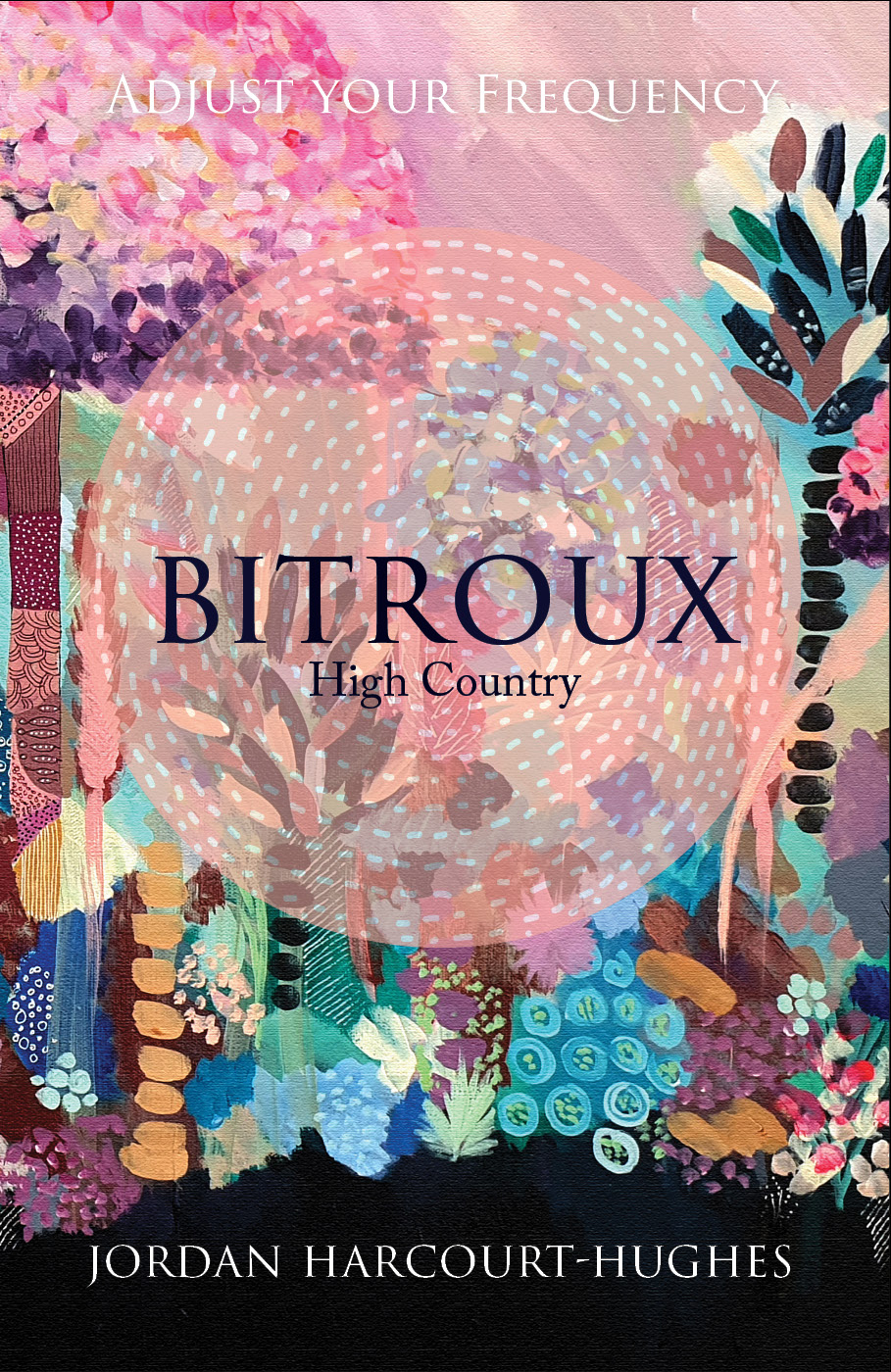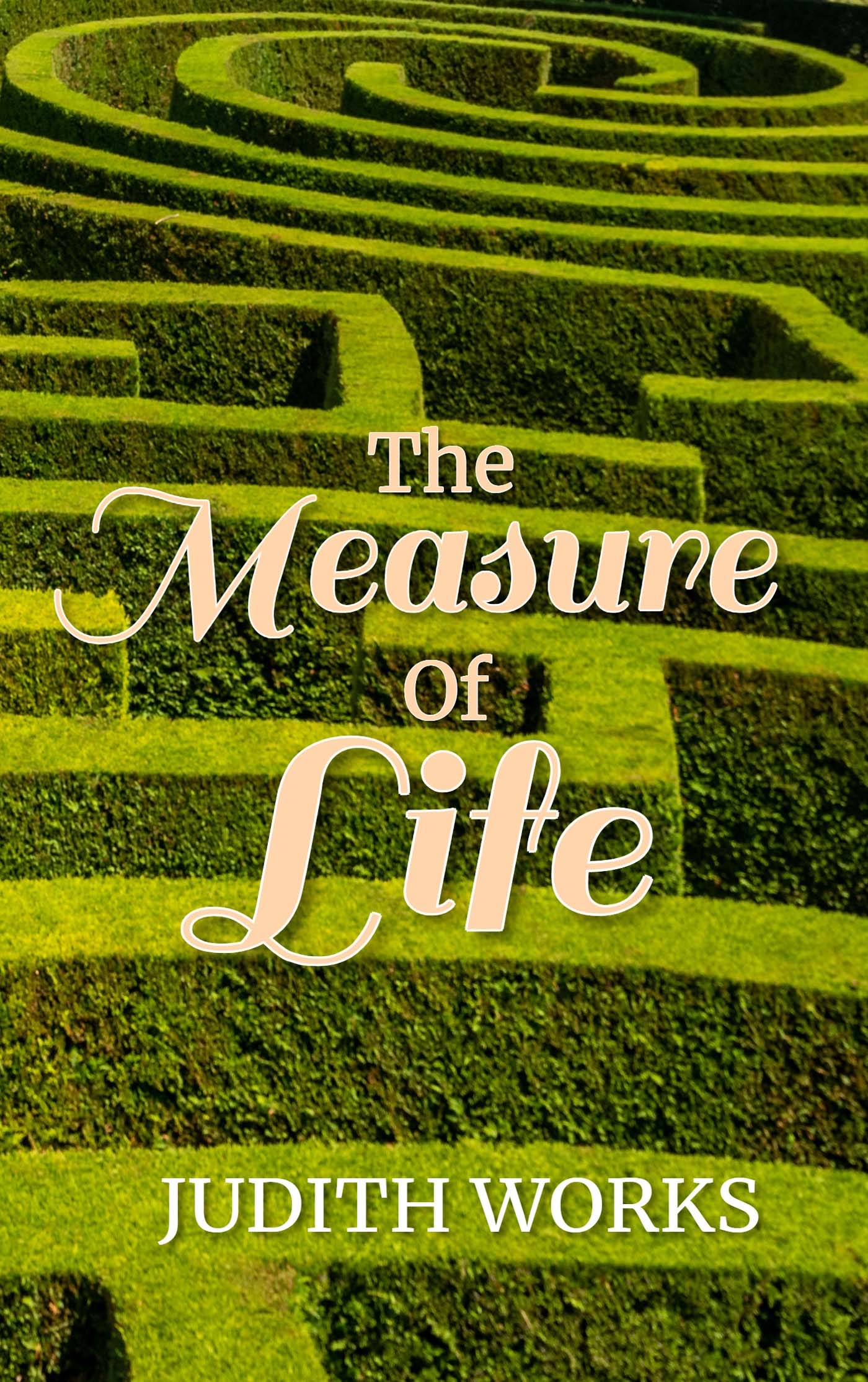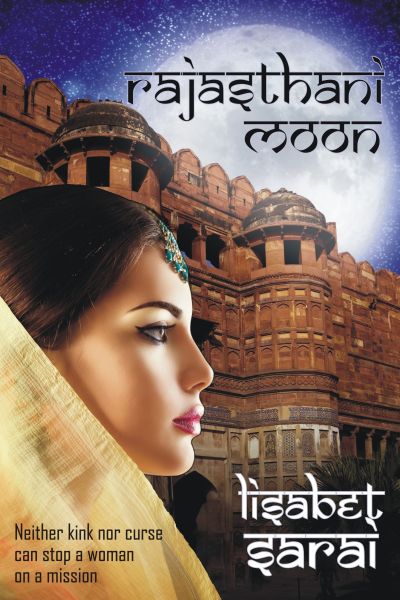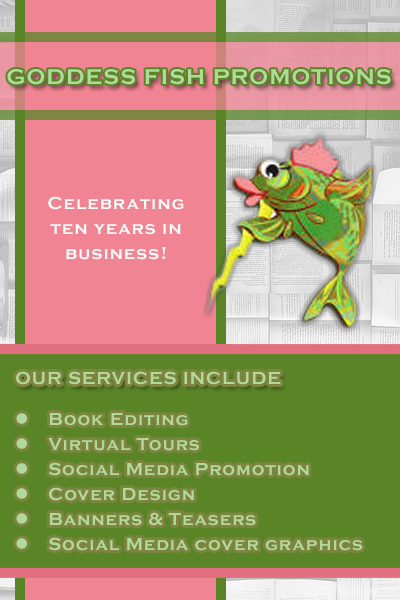This post is part of a virtual book tour organized by Goddess Fish Promotions. John J. Wipf will be awarding a $15 Amazon or B/N GC to a randomly drawn winner via rafflecopter during the tour. Click on the tour banner to see the other stops on the tour.
What purpose do all religions serve?
There are only two destinies after we die.
Do you feel like there is something missing in life?
Is Jesus Christ more than what is portrayed by status quo Christianity?
Enjoy an Exclusive Excerpt
“Denominationalism” in this book refers to groups of people who mostly stick to their name or doctrines and are not interested in most other groups. If you don’t fit their mold you will be brought to heel by peer pressure, or you’ll be broken in some other way. If that doesn’t work, you will be cast out as soon as the occasion presents itself. I am happy to say that we survived denominational breaking and are freed from the chain of manmade organization.
The blight (disfigurement, disease, stain, scar, blot, affliction) of denominationalism has been brought on by Christian leaders who do not die to self, and do not give up all for Christ. It comes in large part from the pride that a pastor or leader gets from thinking he is something if he is a leader in his denominational church.
Philippians 2:3 Let nothing be done
through strife or vainglory; but in lowliness
of mind let each esteem other better than
themselves [emphasis mine].
Church leaders or laymen should not think that they are important just because a church’s leadership, which they think so highly of, has placed some confidence in them and put them in a respectable position. It’s an abomination to Jesus Christ the way pastors are operating, lifting up one another and protecting themselves, no matter if it goes against the Word of God or not. Denominationalism is one of the great downfalls of Christianity.
About the Author: John Wipf was part of the Hutterite religion for 18 years and was a member, college student, and a part time missionary in the Baptist denomination for 10 years. Other points of interest include:
● Five years of theological studies (Baptist)
● Mission work in Canada, Costa Rica, Panama, and Sri Lanka (Baptist)
● Independent mission work in west central Manitoba, Canada (present)
● Founder/CEO of a company that installs fertilizer and grain handling equipment in the prairies of Canada (present)
● Husband and father of 2 boys and 2 girls, and 1 taken to heaven before birth, and 1 on the way.
John Wipf married Faith in June 2013. Our goal is to start a cattle ranch (as a retreat) to help people with their relationship with Jesus Christ and to tell people about the gospel of our Lord and Saviour Jesus Christ.
Faith Wipf was born and bred a Baptist for 32 years. She then left with her “Honey Bear” John to begin their independent ministry. She is currently very busy raising four crazy, wonderful children and looking forward to waddling during the next few months. Homeschooling and the “dreaded” housework fill her days.
In the Blight of Denominationalism we cover part of our journey from religious bondage to true and free freedom in our Lord and Saviour Jesus Christ.
Also covered in this book there are summaries of my study on some of the world’s renowned religions.
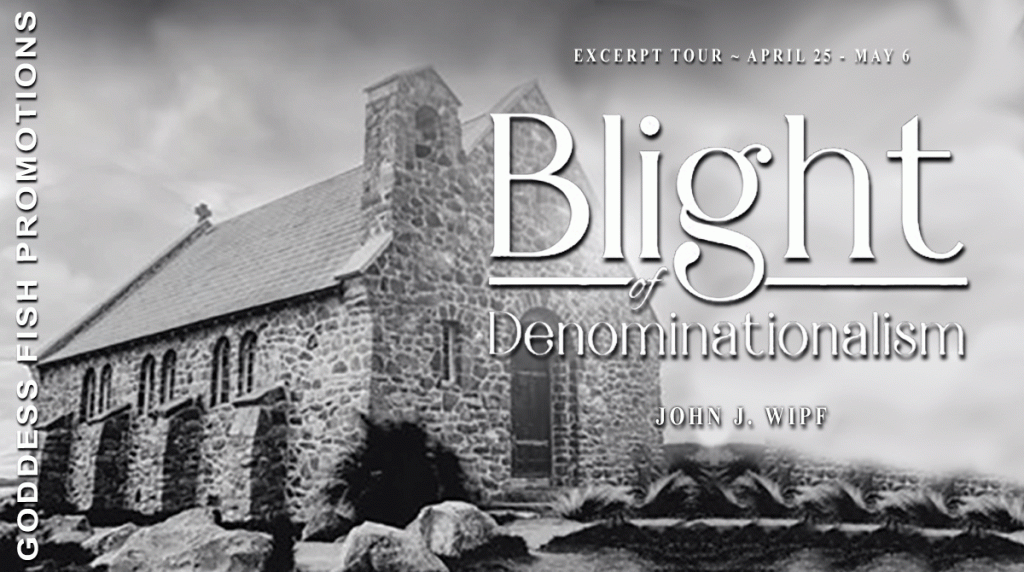
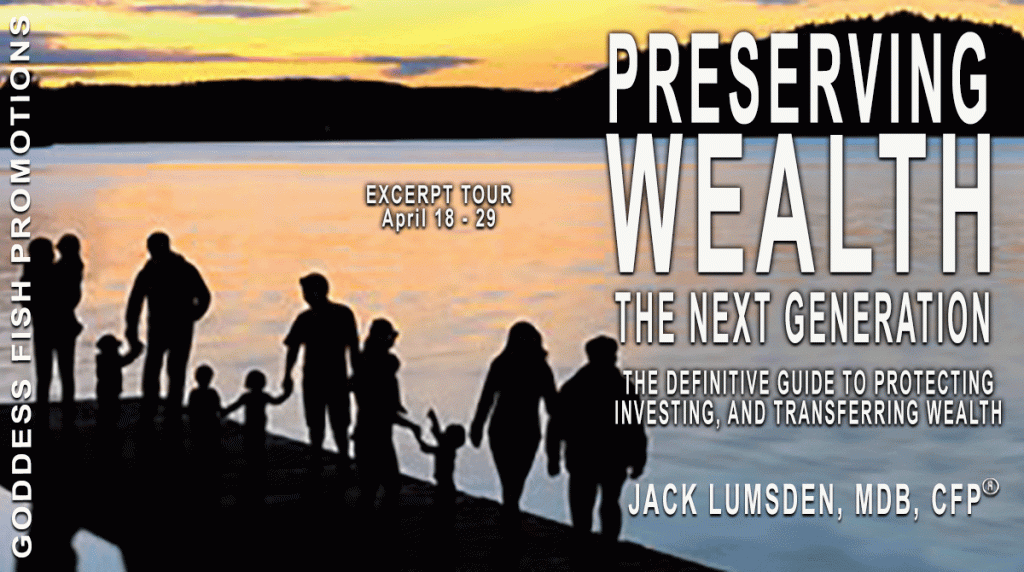
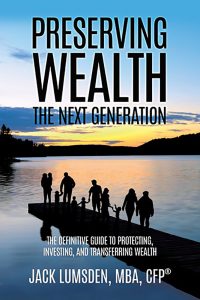 “Toronto-based research firm Strategic Insight projects that approximately $1 trillion in personal wealth will be transferred from one generation to the next in Canada between 2016 and 2026, with roughly 70% of that in the form of financial assets.” – Advisors Edge January 30, 2018
“Toronto-based research firm Strategic Insight projects that approximately $1 trillion in personal wealth will be transferred from one generation to the next in Canada between 2016 and 2026, with roughly 70% of that in the form of financial assets.” – Advisors Edge January 30, 2018 JACK LUMSDEN, MBA, CFP®, is a financial advisor with over twenty years of experience. He has enjoyed building a strong career and loyal client base. In addition to helping clients preserve and transfer their wealth, he focuses on those who are or will be making the transition from their working years to retirement with the need to develop a lifelong income and cash-flow strategy from the financial assets they have accumulated.
JACK LUMSDEN, MBA, CFP®, is a financial advisor with over twenty years of experience. He has enjoyed building a strong career and loyal client base. In addition to helping clients preserve and transfer their wealth, he focuses on those who are or will be making the transition from their working years to retirement with the need to develop a lifelong income and cash-flow strategy from the financial assets they have accumulated.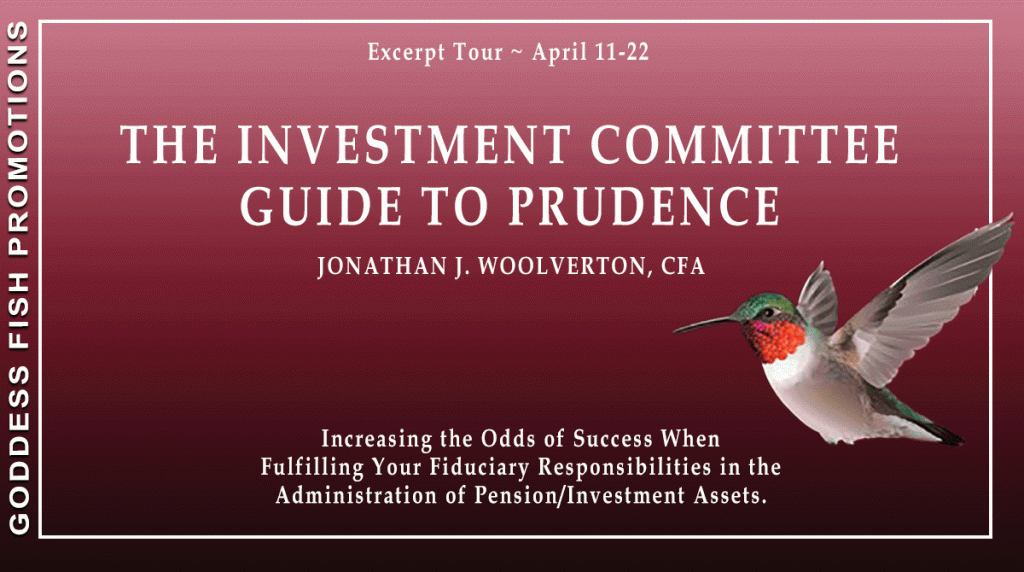
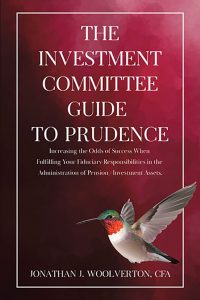 JJ’s investment career spans more than five decades. He has been the chief investment strategist for a pension plan sponsor, a managing director and senior consultant within a global investment planning consultant firm, and a managing director and chief operating officer of an investment management organization. Over his career, JJ has attended well over a thousand investment committee meetings as a plan sponsor, a consultant, and a money manager. In the majority of these meetings, he has found that committee members lack three things: in-depth investment expertise to effectively carry out their fiduciary responsibilities, the necessary time allocation to administer and manage the investment program in the best interests of the beneficiaries, and the ability to develop an efficient monitoring system to hold all service providers accountable for the products and services they provide.
JJ’s investment career spans more than five decades. He has been the chief investment strategist for a pension plan sponsor, a managing director and senior consultant within a global investment planning consultant firm, and a managing director and chief operating officer of an investment management organization. Over his career, JJ has attended well over a thousand investment committee meetings as a plan sponsor, a consultant, and a money manager. In the majority of these meetings, he has found that committee members lack three things: in-depth investment expertise to effectively carry out their fiduciary responsibilities, the necessary time allocation to administer and manage the investment program in the best interests of the beneficiaries, and the ability to develop an efficient monitoring system to hold all service providers accountable for the products and services they provide.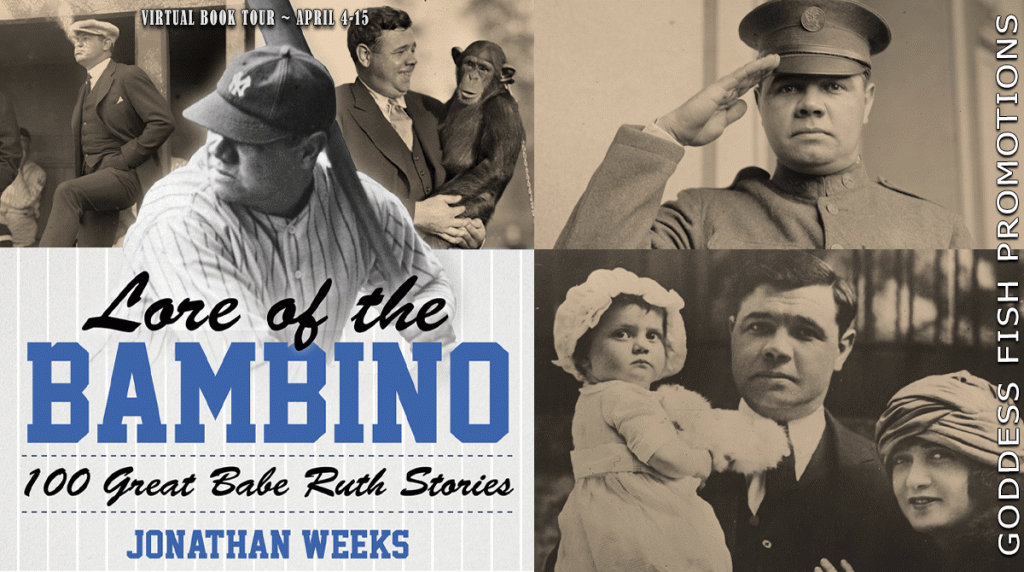
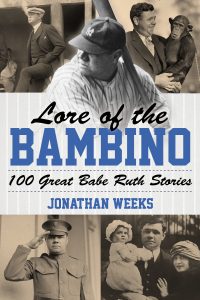 More than seventy years after his death, Babe Ruth continues to fascinate generations of fans. His exciting adventures on and off the field have become essential reading for students of baseball and pop culture. While most Ruth biographies are filled with mundane facts, Lore of the Bambino is the equivalent of a greatest hits compilation. Ruth’s extraordinary (and at times incredulous) tales carry readers on an enthralling journey through the life of the most celebrated sports figure of the twentieth century. All of the most popular anecdotes (such as the Babe’s alleged “called shot” in the 1932 World Series) are thoroughly covered along with many lesser known narratives.
More than seventy years after his death, Babe Ruth continues to fascinate generations of fans. His exciting adventures on and off the field have become essential reading for students of baseball and pop culture. While most Ruth biographies are filled with mundane facts, Lore of the Bambino is the equivalent of a greatest hits compilation. Ruth’s extraordinary (and at times incredulous) tales carry readers on an enthralling journey through the life of the most celebrated sports figure of the twentieth century. All of the most popular anecdotes (such as the Babe’s alleged “called shot” in the 1932 World Series) are thoroughly covered along with many lesser known narratives.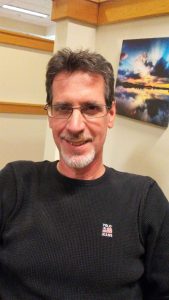 A lifelong sports fan, Weeks has published several non-fiction books on the topic of baseball. Additionally, he has two novels to his credit–one of them a posthumous collaboration with his father. His latest project: Best of the Bruins: Boston’s All Time Great Players and Coaches, is due out in 2021.
A lifelong sports fan, Weeks has published several non-fiction books on the topic of baseball. Additionally, he has two novels to his credit–one of them a posthumous collaboration with his father. His latest project: Best of the Bruins: Boston’s All Time Great Players and Coaches, is due out in 2021.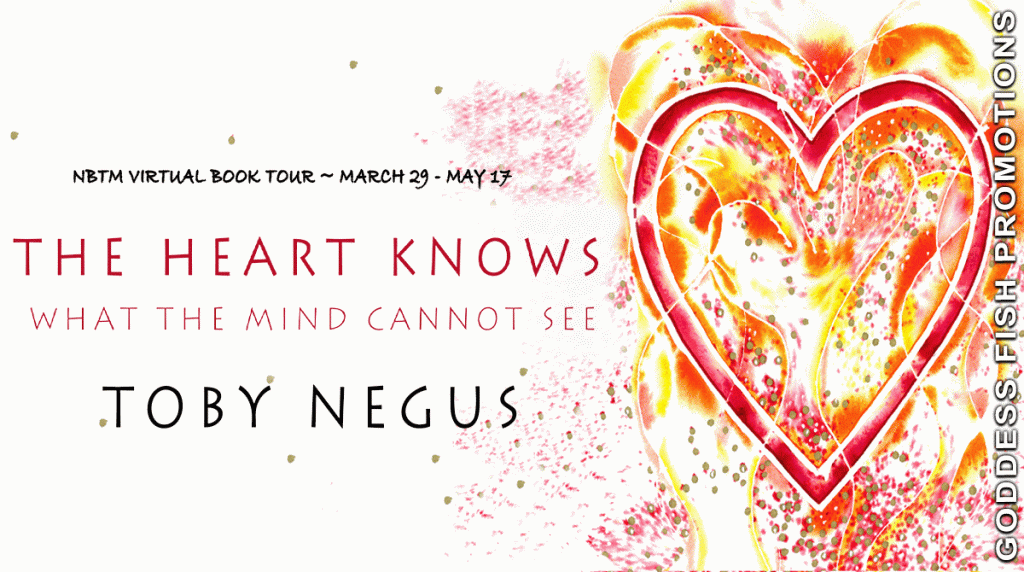
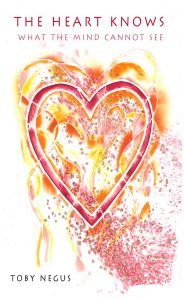 This is a thought-provoking and enlightening exploration of spirituality and perception. The text functions as a guide to self-improvement, with a mixture of autobiographical elements and snippets of universal wisdom. The speaker provides accessible solutions to life’s difficulties, and an outlook of optimism applicable to any circumstance. The illustrations and graphics are thoughtfully chosen, and the interactive textual elements give this work an originality that sets it apart. The speaker’s own experiences and conclusions are at the heart of this fiction, and the first person narrative voice creates a sense of proximity between author and reader. The text describes itself as ‘a journey to the heart’, and this truthful discovery of the self is reflected in the speaker’s revelation of his whole self through the text. The narrative often presents a dichotomy between positive and negative outlooks or voices.
This is a thought-provoking and enlightening exploration of spirituality and perception. The text functions as a guide to self-improvement, with a mixture of autobiographical elements and snippets of universal wisdom. The speaker provides accessible solutions to life’s difficulties, and an outlook of optimism applicable to any circumstance. The illustrations and graphics are thoughtfully chosen, and the interactive textual elements give this work an originality that sets it apart. The speaker’s own experiences and conclusions are at the heart of this fiction, and the first person narrative voice creates a sense of proximity between author and reader. The text describes itself as ‘a journey to the heart’, and this truthful discovery of the self is reflected in the speaker’s revelation of his whole self through the text. The narrative often presents a dichotomy between positive and negative outlooks or voices.



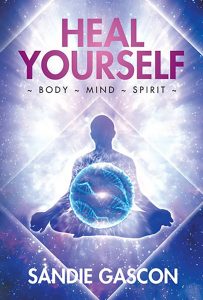 The body wants to return to balance. It just needs the tools to do so. Heal Yourself ~ Body ~ Mind ~ Spirit ~ helps you discover the messages your body is sending, and it also shares the tools to aid your body in healing itself.
The body wants to return to balance. It just needs the tools to do so. Heal Yourself ~ Body ~ Mind ~ Spirit ~ helps you discover the messages your body is sending, and it also shares the tools to aid your body in healing itself.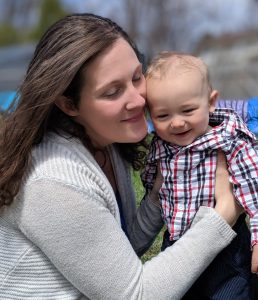 Sandie Gascon is a Health Coach who has helped guide hundreds of people from over twenty-five countries on their healing journey. After suffering severe side effects from medications during her twenty-year battle with chronic migraines, when she was diagnosed with Lupus she committed herself to healing naturally. Through her experiences, she developed a whole body, mind, and spirit approach that addresses the person in a truly holistic manner. She takes the guess work out of the equation by running functional lab work to see what the body needs. She healed herself of migraines, depression, lupus, interstitial cystitis, and cystic acne. Her purpose is to help educate others on the importance of shifting focus to rebuilding and rebalancing the body and removing internal and external stress so the body can heal itself.
Sandie Gascon is a Health Coach who has helped guide hundreds of people from over twenty-five countries on their healing journey. After suffering severe side effects from medications during her twenty-year battle with chronic migraines, when she was diagnosed with Lupus she committed herself to healing naturally. Through her experiences, she developed a whole body, mind, and spirit approach that addresses the person in a truly holistic manner. She takes the guess work out of the equation by running functional lab work to see what the body needs. She healed herself of migraines, depression, lupus, interstitial cystitis, and cystic acne. Her purpose is to help educate others on the importance of shifting focus to rebuilding and rebalancing the body and removing internal and external stress so the body can heal itself. 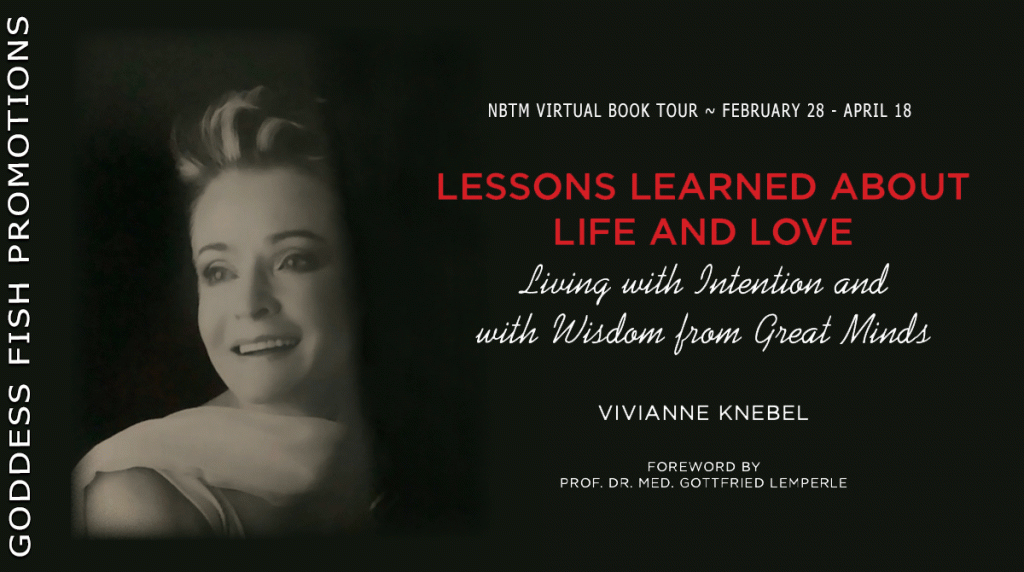
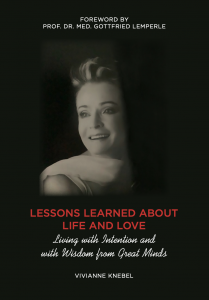 In her second book “Lessons Learned About Life and Love”, Vivianne shares some of the lessons she has learned from writers and thinkers such as Dr. Wayne Dyer and Dr. Viktor Frankl, weaving them into her own experiences in a compelling guide to living, loving and thriving in old age. Her insights offer proof that great wisdom is not gained only from the classroom or the lecture hall, and that one need not look far to understand the secrets to living well. From anecdotes about her everyday rituals to memories from her world travels, Vivianne captures the profound and often surprising moments of enlightenment that can be found right in front of us, if we only know where- and how-to look.
In her second book “Lessons Learned About Life and Love”, Vivianne shares some of the lessons she has learned from writers and thinkers such as Dr. Wayne Dyer and Dr. Viktor Frankl, weaving them into her own experiences in a compelling guide to living, loving and thriving in old age. Her insights offer proof that great wisdom is not gained only from the classroom or the lecture hall, and that one need not look far to understand the secrets to living well. From anecdotes about her everyday rituals to memories from her world travels, Vivianne captures the profound and often surprising moments of enlightenment that can be found right in front of us, if we only know where- and how-to look.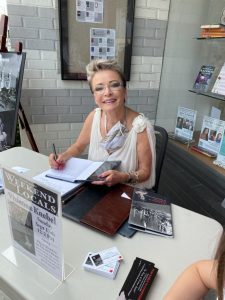 Born an illegitimate child in the wake of WWII in Berlin, Nazi Germany to a single mother, Vivianne Knebel’s options were limited and her future looked bleak. She experienced poverty, cold, and hunger, and was even driven to the point of committing suicide. To seek out a better life, Vivianne immigrated to Canada as a teenager, but her misfortunes did not end there. However, in response to a miraculous intervention, she decided to preserve her life and keep moving forward.
Born an illegitimate child in the wake of WWII in Berlin, Nazi Germany to a single mother, Vivianne Knebel’s options were limited and her future looked bleak. She experienced poverty, cold, and hunger, and was even driven to the point of committing suicide. To seek out a better life, Vivianne immigrated to Canada as a teenager, but her misfortunes did not end there. However, in response to a miraculous intervention, she decided to preserve her life and keep moving forward.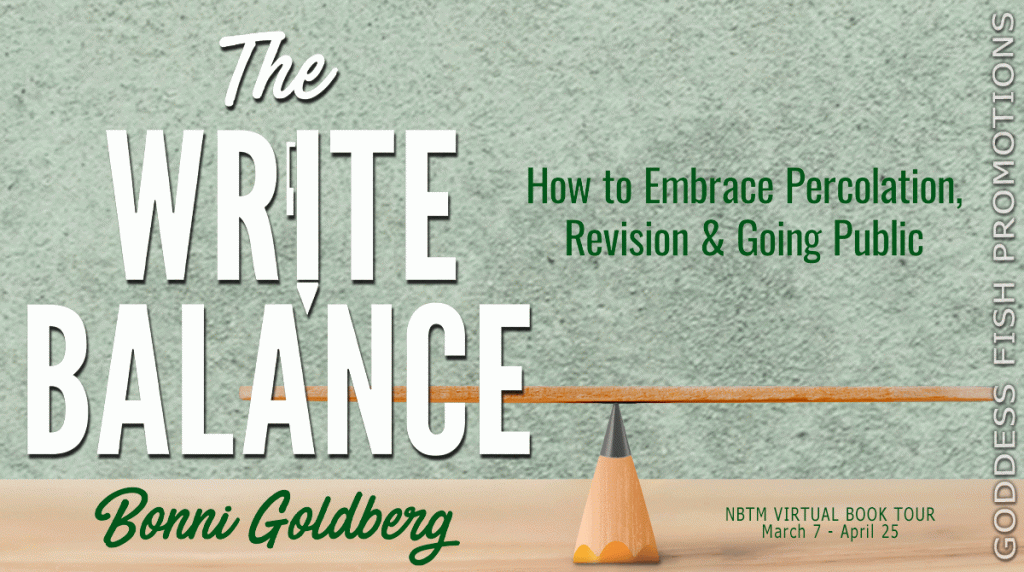
 In The Write Balance, the companion book to the beloved bestseller, Room to Write, Bonni Goldberg demonstrates how to find fulfillment as a writer by embracing three key aspects of writing: 1) Percolation: what takes place before a first draft is written; 2) Revision: the writer’s role after the initial draft; and 3) Going Public: the writer’s mission once the writing is done. Filled with tools, examples and exercises, Bonni’s guide offers motives, choices, and encouragement for writers to appreciate and to be creative in the phases before and beyond a first draft. Whether you’re new to writing or a pro, become more passionate and balanced in your writing life.
In The Write Balance, the companion book to the beloved bestseller, Room to Write, Bonni Goldberg demonstrates how to find fulfillment as a writer by embracing three key aspects of writing: 1) Percolation: what takes place before a first draft is written; 2) Revision: the writer’s role after the initial draft; and 3) Going Public: the writer’s mission once the writing is done. Filled with tools, examples and exercises, Bonni’s guide offers motives, choices, and encouragement for writers to appreciate and to be creative in the phases before and beyond a first draft. Whether you’re new to writing or a pro, become more passionate and balanced in your writing life. 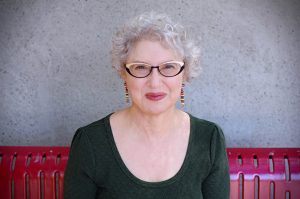 Bonni Goldberg is the author of The Write Balance: How to Embrace Percolation, Revision & Going Public, the companion book to the best-seller Room to Write: Daily Invitations to a Writer’s Life. Bonni is an award-winning poet and writer. She is the creator of the 2 Minute Journals™ series. Both traditionally and indie published, her books include non-fiction for adults and fiction and non-fiction for young readers. Her essays and blog posts can be found in numerous print and online publications.
Bonni Goldberg is the author of The Write Balance: How to Embrace Percolation, Revision & Going Public, the companion book to the best-seller Room to Write: Daily Invitations to a Writer’s Life. Bonni is an award-winning poet and writer. She is the creator of the 2 Minute Journals™ series. Both traditionally and indie published, her books include non-fiction for adults and fiction and non-fiction for young readers. Her essays and blog posts can be found in numerous print and online publications.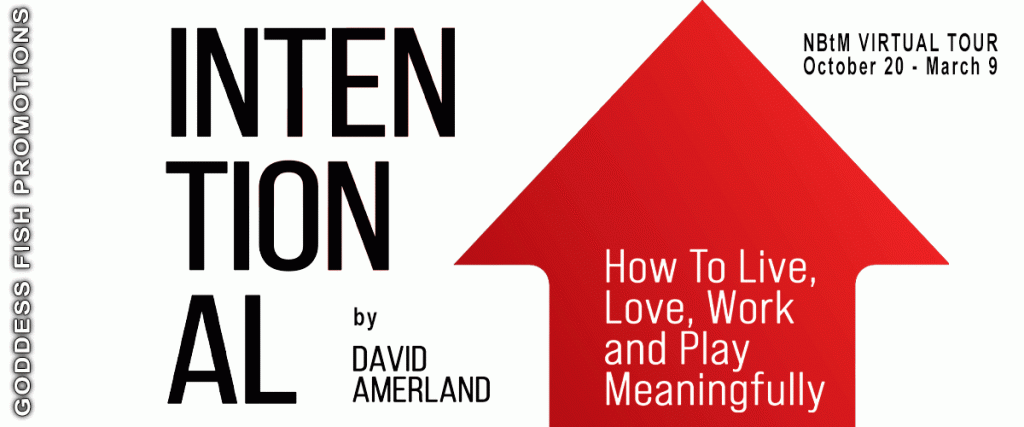
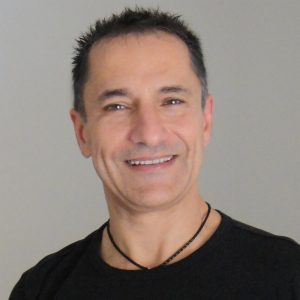 David Amerland is a Chemical Engineer with an MSc. in quantum dynamics in laminar flow processes. He converted his knowledge of science and understanding of mathematics into a business writing career that’s helped him demystify, for his readers, the complexity of subjects such as search engine optimization (SEO), search marketing, social media, decision-making, communication and personal development. The diversity of the subjects is held together by the underlying fundamental of human behavior and the way this is expressed online and offline. Intentional: How to Live, Love, Work and Play Meaningfully is the latest addition to a thread that explores what to do in order to thrive. A lifelong martial arts practitioner, David Amerland is found punching and kicking sparring dummies and punch bags when he’s not behind his keyboard.
David Amerland is a Chemical Engineer with an MSc. in quantum dynamics in laminar flow processes. He converted his knowledge of science and understanding of mathematics into a business writing career that’s helped him demystify, for his readers, the complexity of subjects such as search engine optimization (SEO), search marketing, social media, decision-making, communication and personal development. The diversity of the subjects is held together by the underlying fundamental of human behavior and the way this is expressed online and offline. Intentional: How to Live, Love, Work and Play Meaningfully is the latest addition to a thread that explores what to do in order to thrive. A lifelong martial arts practitioner, David Amerland is found punching and kicking sparring dummies and punch bags when he’s not behind his keyboard. 